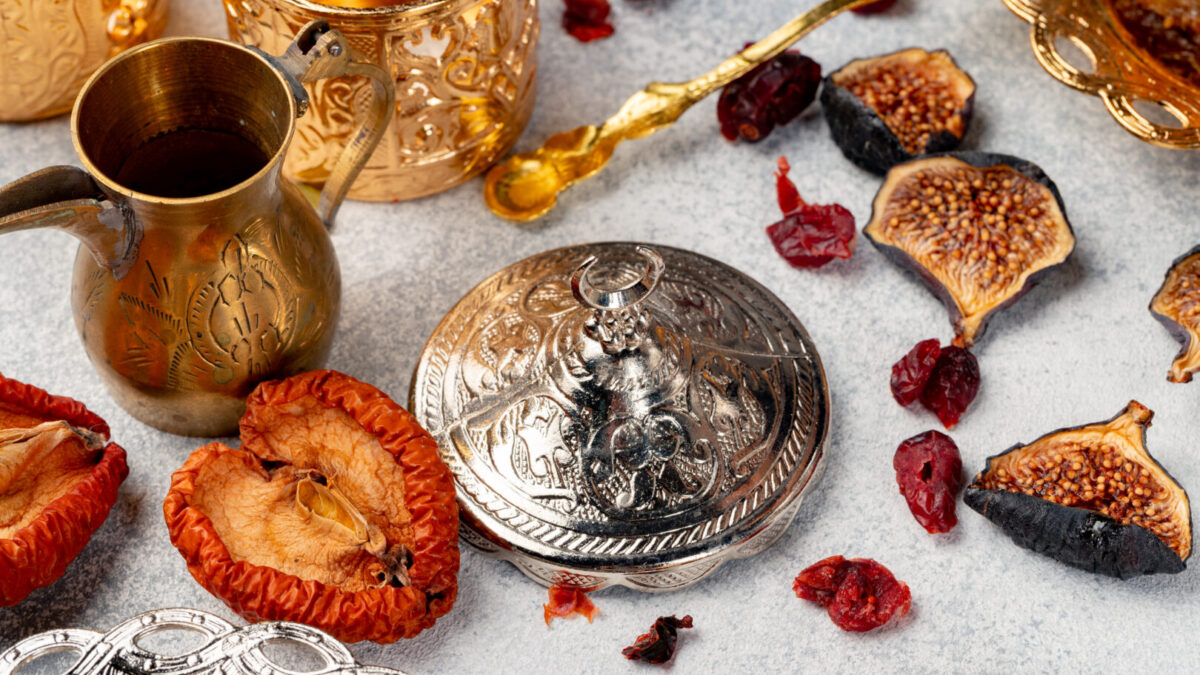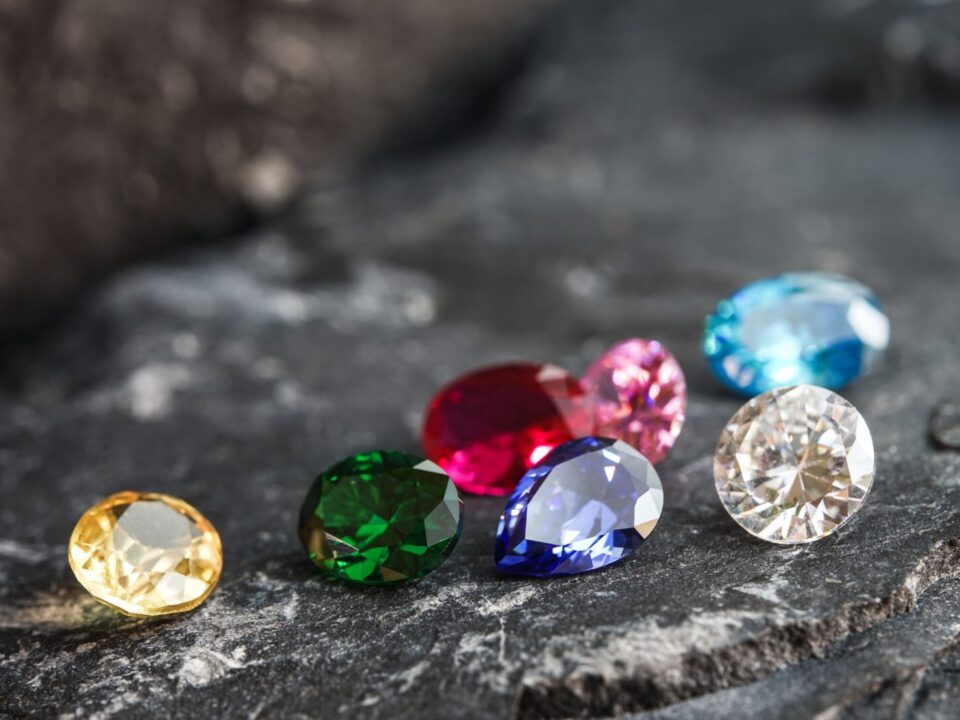When purchasing antique gold or silver jewelry, determining its authenticity isn’t always straightforward, especially at first glance. With vintage and antique pieces, it’s common for signs of wear, age, or past repairs to obscure key details, making it difficult to immediately confirm whether an item is genuine or simply gold or silver plated.
Fortunately, there are several dependable methods for evaluating authenticity, and one of the most reliable is understanding the hallmarks, stamps, and unique markings found on antique gold and silver pieces.
Hallmarks are official stamps found on gold and silver jewelry that reveal critical information about a piece’s origin, metal content, and legitimacy. Dating back to the 13th century, hallmarks were one of the earliest forms of consumer protection, created to verify the authenticity of precious metals like gold and silver.
Wondering how to tell if gold is real? Or your antique silver value? Here are some gold and silver appraisal tips when authenticating your gold and silver pieces:
Check for Hallmarks and Stamps
The first visual clue to authenticate gold jewelry and silver pieces is checking for any stamps or hallmarks.
Typically located in discreet areas like the underside of a ring or the clasp of a necklace, these tiny numbers, letters, or symbols often identify the metal’s purity, the country or city of origin, the maker, and sometimes even the year of manufacture. Understanding how to read these marks is essential for anyone looking to authenticate gold jewelry and antique silver value.
Hallmarks Indicate Gold and Silver Purity
Before purchasing antique gold or silver jewelry, the best gold and silver appraisal tips we have is understanding what you’re buying. What’s the purity of your antique gold and silver? Pure gold and silver are too soft and prone to damage for everyday wear, which is why they are typically alloyed with other metals to increase strength and durability.
Gold is often mixed with metals like copper, silver, zinc, or palladium to make it more resistant to scratches and dents. Similarly, silver is commonly alloyed with copper, zinc, or nickel to improve its durability. The resulting purity is then reflected in karat ratings for gold and numeric markings for sterling silver.
Understanding Gold Karats
Authentic gold jewelry is rated by karats, which indicates the proportion of pure gold in the piece. The higher the number of karats, the purer the gold. The karat system ranges from 1 to 24, with 24K indicating that 24 out of 24 parts are pure gold.
For example, 18K gold means the piece contains 18 parts gold out of 24. You might see a decimal hallmark, such as “.750,” which also means 75% pure gold.
Gold-plated and gold-filled jewelry
GP (Gold-Plated) jewelry features a very thin layer of gold (typically around 0.05%) electroplated onto a base metal such as copper, brass, or silver. While it offers the look of gold, this type of jewelry is generally lower in quality, prone to tarnishing, and may cause irritation for those with sensitive skin.
GF (Gold-Filled) jewelry, on the other hand, contains a much thicker layer of gold which is at least 5% of the item’s total weight and is mechanically bonded to a base metal. This makes it significantly more durable and more resistant to wear than gold-plated pieces. It’s also more suitable for sensitive skin, as the gold layer lasts longer and provides better protection. Common markings for gold-filled jewelry include the karat rating followed by “GF” (e.g., “14K GF”) or a fraction indicating the gold content.
Understanding Sterling Silver
Genuine silver is often marked with the word “Sterling” or “Fine Sterling,” indicating it’s made from sterling silver, an alloy containing 92.5% pure silver. The most common alloy used in all jewelry is sterling silver, which is 92.5% silver and 7.5% another metal (often copper).
In contrast, silver-plated jewelry has only a thin coating of silver over a base metal. The highest antique silver value will never be silver-plated. While it may appear similar at first glance, silver-plated items are less durable, and the finish can wear off over time.
Other markings that indicate sterling silver include:
- STER
- SS
- STG
- 800 (80% silver)
- 900 (90% silver)
- FS (fine silver)
Silver-plated jewelry
Unlike sterling or pure silver, silver-plated jewelry isn’t made from solid silver. Instead, it’s crafted from base metals like copper or brass and coated with a thin layer of silver. This outer layer gives it the appearance of real silver but lacks the durability and silver plating can easily chip, flake, or tarnish over time.
To identify silver-plated pieces, look for stamps such as “EP” (Electroplated), “EPNS” (Electroplated Nickel Silver), or “Silver on Copper.” These markings confirm the item is plated, not solid silver. In many cases, if a piece has no hallmark at all, it’s also likely to be silver-plated.
Seek Professional Appraisal
If you’re ever in doubt about an antique gold or silver piece’s authenticity, it’s time to consult a professional at Joshua Kodner Galleries.
Our certified appraisers and jewelers have the expertise and tools needed to accurately verify whether a piece is genuine, helping you make informed and confident decisions when buying or selling antique gold and silver pieces.
Contact us today and ask how our team can help you appraise your gold and silver!




